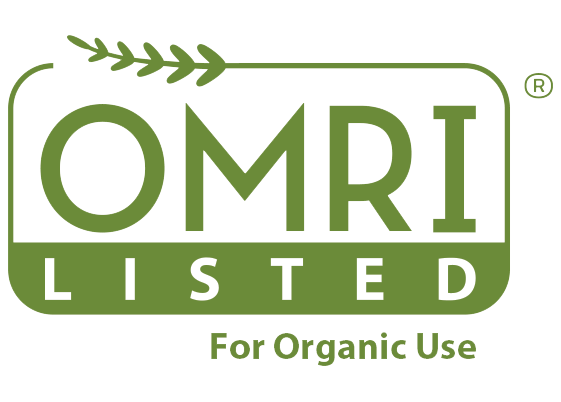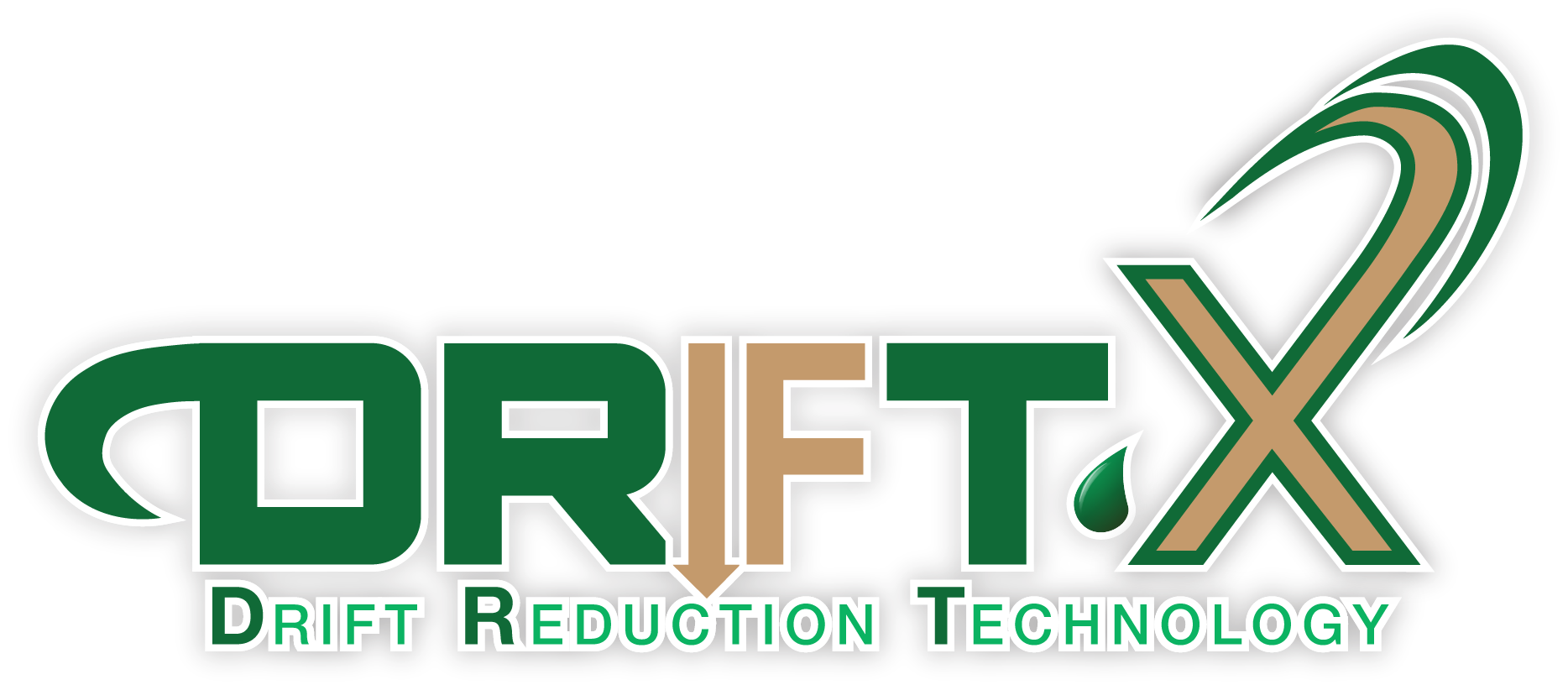Meet Nutrient Demands for Optimum Yields
Throughout the crop life cycle, all nutrients need to be maintained at optimum levels to maximize yield. If any single nutrient, including micronutrients, is lacking, crop yield will be reduced. With recent heavy rains and generally wet conditions, planting practices have been altered in many areas, and soil fertility has most likely been affected.










